An itinerant farmer and his young son help a heart-of-gold saloon singer search for her estranged husband. River of No Return (1954), directed by Otto Preminger, is a Western musical […]
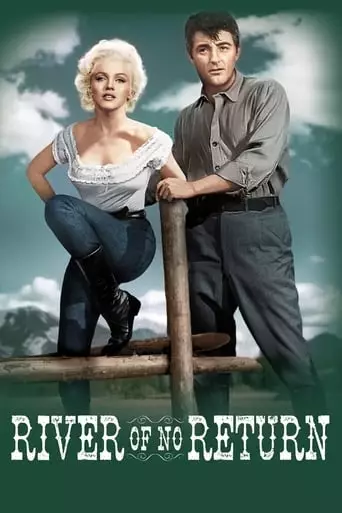
An itinerant farmer and his young son help a heart-of-gold saloon singer search for her estranged husband. River of No Return (1954), directed by Otto Preminger, is a Western musical […]
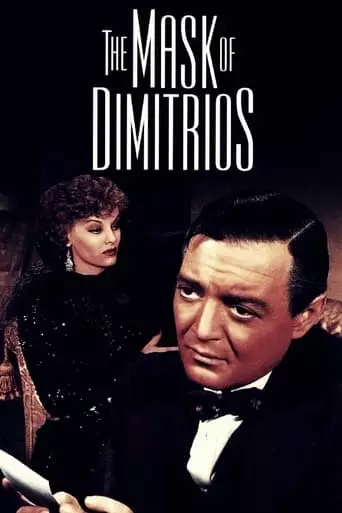
A mystery writer is intrigued by the tale of notorious criminal Dimitrios Makropolous, whose dead body was found washed up on the shore in Istanbul. He decides to follow the […]
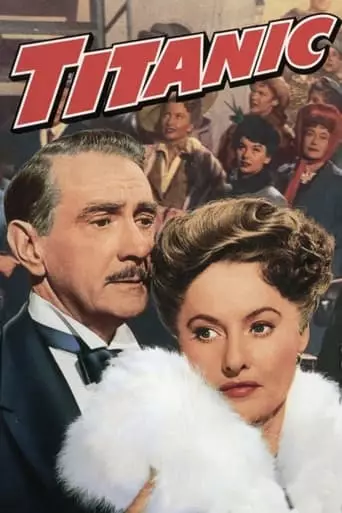
Unhappily married, Julia Sturges decides to go to America with her two children on the Titanic. Her husband, Richard also arranges passage on the luxury liner so as to have […]
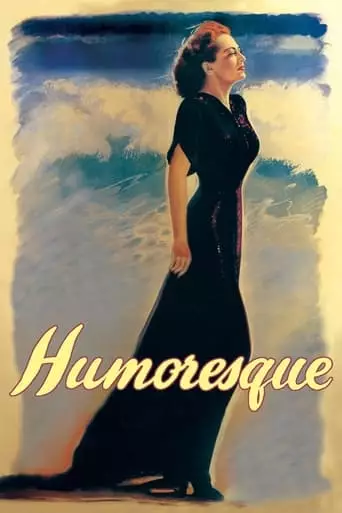
A classical musician from a working class background is sidetracked by his love for a wealthy, neurotic socialite. Humoresque (1946) is a melodramatic film that delves into the life of […]
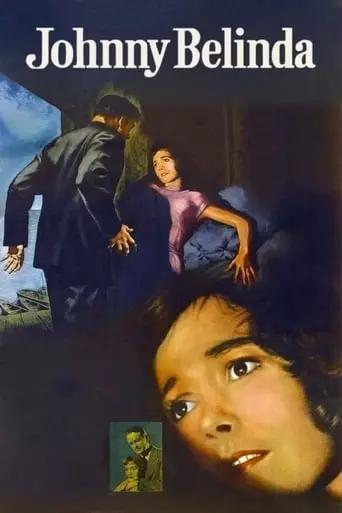
A small-town doctor helps a deaf-mute farm girl learn to communicate. Johnny Belinda (1948) is a poignant drama that centers on Belinda MacDonald (Jane Wyman), a deaf-mute woman residing on […]
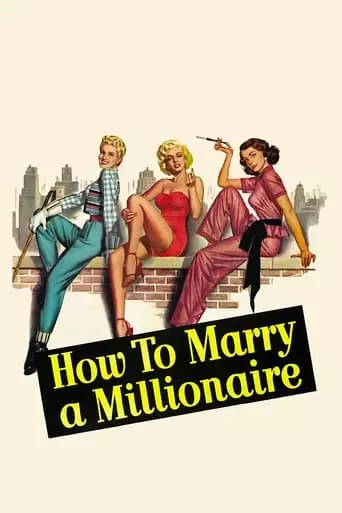
Three women set out to find eligible millionaires to marry, but find true love in the process. How to Marry a Millionaire (1953) is a classic romantic comedy that follows […]
Jean Negulesco: The Stylish Craftsman of Hollywood’s Golden Age
Jean Negulesco, a Romanian-American director, was a prominent figure during Hollywood’s Golden Age, known for his sophisticated storytelling, visual flair, and ability to handle a wide variety of genres. From noir thrillers to lavish CinemaScope productions, Negulesco’s career is a testament to his versatility and keen eye for cinematic artistry.
Early Life and Artistic Beginnings
Jean Negulesco was born on February 26, 1900, in Craiova, Romania. Before venturing into the world of cinema, he pursued a career in fine arts, studying painting in Bucharest and Paris. His artistic sensibilities, developed during this period, would later influence his approach to filmmaking.
Negulesco emigrated to the United States in the 1920s, initially working as a painter and sketch artist. His artistic talents caught the attention of the film industry, and he began working as a storyboard artist for Warner Bros. This role introduced him to the intricacies of filmmaking and set the stage for his directorial career.
Directorial Debut and Rise to Prominence
Negulesco made his directorial debut with a series of short films in the early 1940s, including the Oscar-nominated The Gay Parisian (1941). His transition to feature films came with Singapore Woman (1941), marking the beginning of a prolific career in Hollywood.
His early work included a string of noir films, where he showcased his ability to create tension and mood through striking visuals and compelling narratives.
Film Noir Masterpieces
Negulesco made a significant impact on the film noir genre, directing several acclaimed entries that remain classics today.
The Mask of Dimitrios (1944)
Based on Eric Ambler’s novel, this atmospheric thriller starred Peter Lorre and Sydney Greenstreet. Negulesco’s direction emphasized shadowy visuals and intricate plotting, hallmarks of the noir genre. The film’s success established him as a director capable of handling complex, character-driven stories.
Three Strangers (1946)
Another collaboration with Lorre and Greenstreet, Three Strangers is a gripping tale of fate and greed. Negulesco’s deft handling of the ensemble cast and his ability to build suspense made this film a standout in his early career.
Transition to Romantic Dramas and Comedies
By the late 1940s, Negulesco began to diversify his filmography, moving into romantic dramas and comedies.
Johnny Belinda (1948)
One of his most acclaimed films, Johnny Belinda is a poignant drama about a deaf-mute woman, played by Jane Wyman, who faces societal prejudice and personal tragedy. The film earned 12 Academy Award nominations, including Best Director for Negulesco, and won Wyman the Oscar for Best Actress.
How to Marry a Millionaire (1953)
Negulesco directed this iconic romantic comedy starring Marilyn Monroe, Lauren Bacall, and Betty Grable. It was one of the first films shot in CinemaScope, and Negulesco’s direction made full use of the widescreen format to showcase the glamour and charm of its stars. The film was a commercial success and remains a beloved classic.
CinemaScope and Visual Storytelling
Negulesco became known for his work in CinemaScope, using the widescreen format to create visually stunning films.
Three Coins in the Fountain (1954)
This romantic drama, set against the picturesque backdrop of Rome, won two Academy Awards for its cinematography and the title song. Negulesco’s use of location shooting and his ability to capture the beauty of the Italian landscape made the film a visual treat.
Daddy Long Legs (1955)
Starring Fred Astaire and Leslie Caron, this musical showcased Negulesco’s flair for blending music, dance, and narrative. His direction brought elegance and charm to the screen, solidifying his reputation as a master of sophisticated entertainment.
Style and Legacy
Jean Negulesco’s films are characterized by:
Artistic Visuals: His background in painting informed his use of composition, color, and light, making his films visually striking.
Emotional Depth: Whether in noir dramas or romantic comedies, Negulesco excelled at exploring human relationships and emotions.
Genre Versatility: From suspenseful thrillers to lush romances, his ability to work across genres showcased his adaptability and creativity.
Later Years and Recognition
Negulesco continued directing into the 1960s, with films like The Pleasure Seekers (1964) and Hello-Goodbye (1970). Although his later work did not achieve the same level of acclaim as his earlier films, his contributions to cinema remained significant.
In his later years, Negulesco retired to Spain, where he returned to his first love, painting. He published an autobiography, Things I Did and Things I Think I Did (1984), offering insights into his life and career.
Jean Negulesco passed away on July 18, 1993, at the age of 93, leaving behind a legacy of artistic and cinematic achievements.
Conclusion
Jean Negulesco’s career is a testament to his artistic vision and storytelling prowess. From the shadowy intrigue of film noir to the opulent beauty of CinemaScope romances, his films continue to captivate audiences with their style and substance.
A pioneer of visual storytelling and a master of character-driven narratives, Negulesco remains a celebrated figure in the history of Hollywood’s Golden Age, his work a timeless reminder of the power of cinema to inspire and entertain.